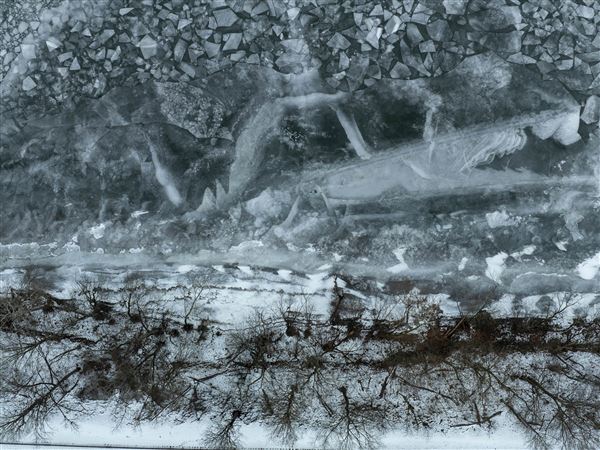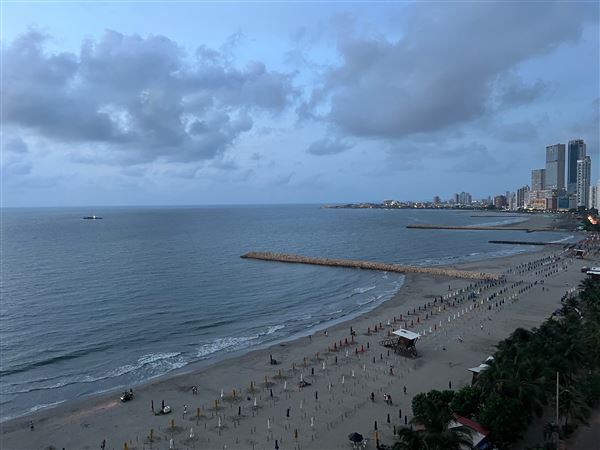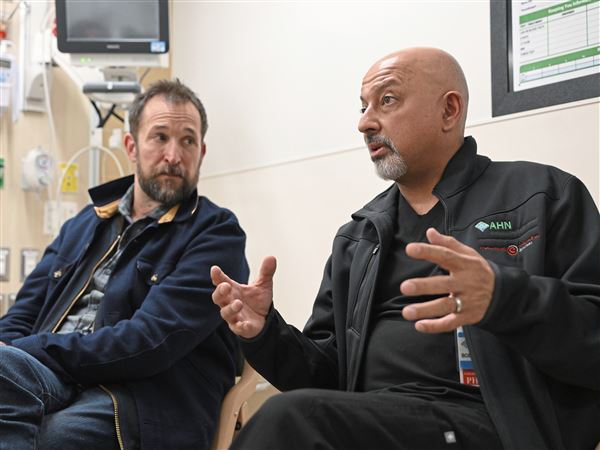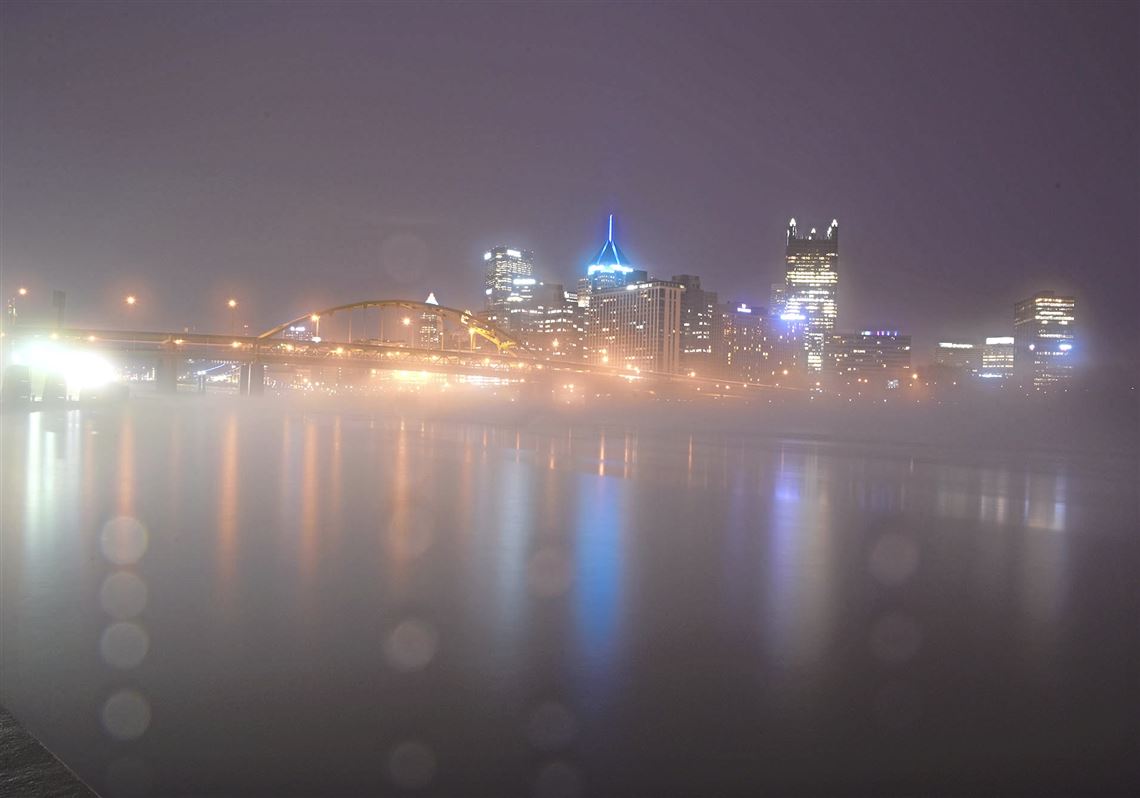Sediment from the Allegheny River and two Indiana County creeks contain high levels of radioactivity downstream from where treated wastewater from conventional gas well drilling operations is discharged, according to a new study.
The peer-reviewed research at Duke University found that, over the past six years, levels of radium in river and stream sediment are about 650 times higher below water treatment plants than at sampling sites upstream.
In some cases the sediment exceeded levels that would require disposal at federally designated radioactive waste disposal sites.
And analysis of the radioactive material shows the contamination occurred after 2011, when shale gas drilling companies voluntarily agreed to stop sending drilling wastewater and spent fracking fluids to most water treatment facilities.
The three treatment plants near where researchers sampled sediment are among 30 that were allowed to continue accepting wastewater from conventional -- meaning non-shale -- gas drilling operations.
“It’s not only fracking fluids that pose a risk. Produced water from conventional, or non-fracked, oil and gas wells also contains high levels of radium, which is a radioactive element,” said Avner Vengosh, a study co-author and professor of geochemistry and water quality at Duke’s Nicholas School of the Environment. “Disposal of this wastewater causes an accumulation of radium on the stream sediments that decays over time and converts into other radioactive elements.”
Naturally occurring radioactive material is present in underground rock formations, where oil and gas drilling occurs. Water and other fluids used in drilling can transport that material to the surface before it is collected and taken to wastewater disposal facilities.
Unlike wastewater and brine from conventional wells, shale gas fluids and wastewater now is disposed of in deep injection wells underground.
Mr. Vengosh said all water treatment plants accepting brine wastewater from conventional gas drilling sites should use technology to reduce to zero the radioactive levels in discharges or be shut down.
“People consider wastewater from fracking more dangerous, but we’re finding that conventional oil and gas wastewater could have more of an impact because of the sheer volume of water that‘s treated,” said Mr. Vengosh. “The clear message of the study is that any brine containing radioactivity should not be discharged into the environment.”
One of the three sites sampled for radioactive sediment annually from 2014 to 2017 is on the Allegheny River at Franklin, Venango County, about 100 river miles from Pittsburgh’s Point. The Allegheny is the water source for a dozen public water suppliers, including the city of Pittsburgh.
Sediment samples were also analyzed at water treatment plants on Blacklick Creek in Josephine, and on McKee Run in Creekside, both in Indiana County.
Mr. Vengosh said that while there is “potential” for public health and ecological impacts from the high concentrations of radioactivity found near the treatment plant discharge pipes, those levels dissipate quickly downstream.
Neil Shader, a state Department of Environmental Protection spokesman, said Friday that the DEP had just become aware of the study and was reviewing it.
The plant manager at Pennsylvania Brine Treatment Inc., the facility on the Allegheny River at Franklin, declined to comment Friday and referred questions to Aquatech, which owns the treatment facilities.
This is the third study of Pennsylvania drilling wastewater treatment facilities by Duke researchers.
In January 2015, Mr. Vengosh and other researchers found ammonium and iodide in wastewater discharges from drill sites and the same three commercial treatment plants n the Allegheny River watershed. In October 2013, they released study findings that detailed radium levels in sediment near the outfall pipes at two of the treatment plants that could have come from discharges of treated shale gas drilling water prior to 2011.
The latest study was published Jan. 4 in the journal Environmental Science and Technology.
First Published: January 20, 2018, 3:51 a.m.

















